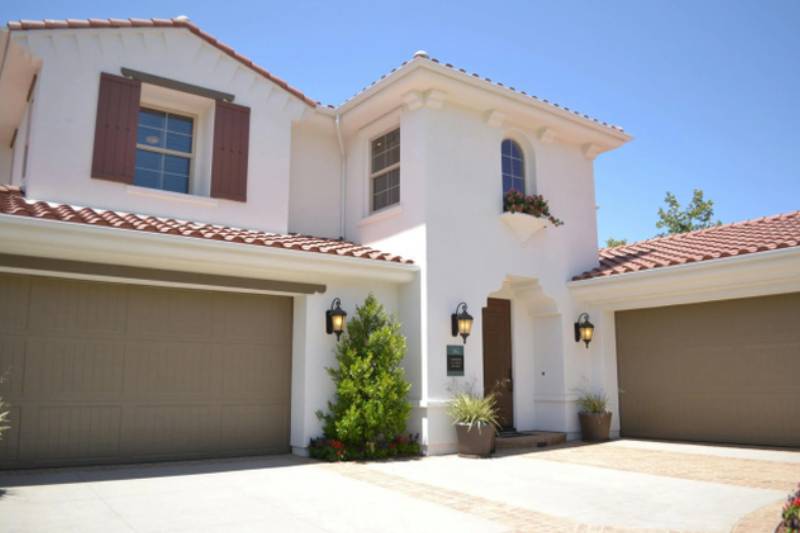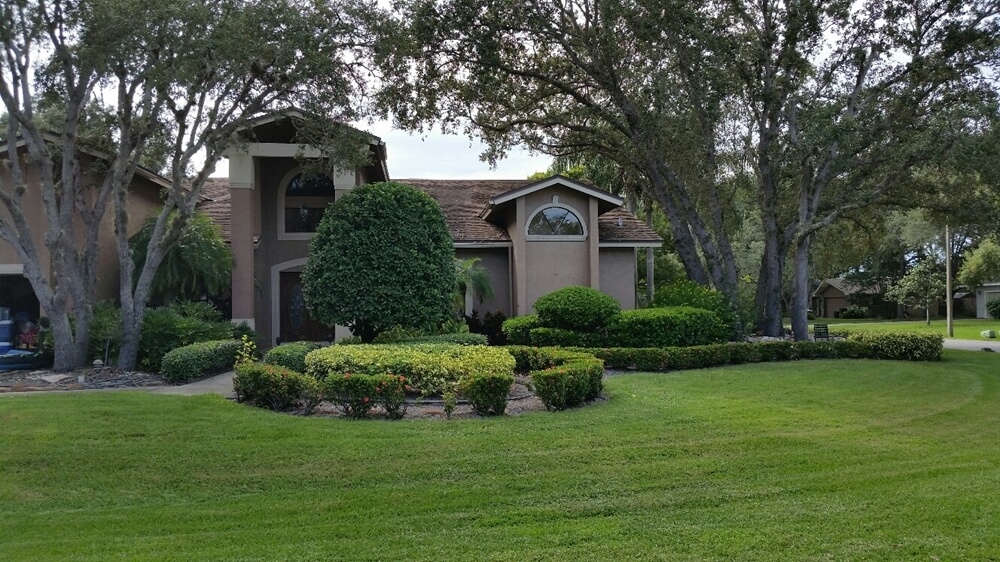By using our website, you agree to the use of cookies as described in our Cookie Policy
a
Rss Feed
Building Resilience: How to Combat Florida's Harsh Weather and Other Structural Challenges

Homeownership in Florida has fabulous advantages as well as challenges. Although the sunny state is a gorgeous place for living and vacations, the humid, harsh, and unpredictable weather creates structural challenges for homeowners.
Building resilience for your Florida property is essential to avoid massive maintenance costs in the future and maintain the perfect conditions of your Florida home. To remain safe and structurally sound, Florida buildings must withstand various threats, from hurricanes and heavy rainfall to saltwater exposure and termite infestations.
By understanding these issues and implementing proactive measures, homeowners can protect their investments and ensure the longevity of their properties.
Understanding Florida's Environmental Challenges
Florida's climate is characterized by high temperatures, humidity, and frequent rainfall, particularly during summer. Additionally, the state is susceptible to hurricanes and tropical storms, which can bring destructive winds, heavy rain, and storm surges. Coastal areas are also exposed to saltwater, which erodes building materials and accelerates deterioration.
Inland areas of Florida face their challenges, including high water tables, sandy soil, and the risk of sinkholes. Furthermore, the state's lush vegetation provides ample food sources for pests such as termites, which can cause extensive damage to wooden structures.
Given these environmental factors, Florida homeowners must proactively protect their properties from damage and deterioration. Building resilience involves a combination of preventive maintenance, structural improvements, and strategic planning.
Design Considerations for Resilient Buildings
The first action in defense of environmental challenges must be made in advance by ensuring a well-designed and properly constructed building. If you are planning a renovation or new construction, these are the key details to consider when trying to enhance the resilience of your Florida home:
Wind-resistant construction
Building codes in Florida require structures to withstand high winds, but homeowners can go above and beyond these minimum requirements by choosing wind-resistant materials and construction techniques. This may include reinforced roofing materials, impact-resistant windows, and secure door systems.
Elevated foundations
Elevating a building's foundation above the base flood elevation can help prevent water intrusion and minimize flood damage in flood-prone areas. This is especially important for coastal properties vulnerable to storm surges.
Proper drainage
Ensure your property has adequate drainage systems to divert water from the building's foundation. This may include gutters, downspouts, French drains, and swales to channel water away from the property.
Termite-resistant materials
To combat the threat of termite infestations, consider using termite-resistant building materials such as concrete, steel, or treated lumber. Regular termite inspections and preventive treatments can also help protect against infestations.
Maintenance and Inspections
Homeowners can protect their properties from excessive maintenance repair costs and renovation expenses by conducting regular inspections to ensure perfect conditions.
Developing an inspection schedule for your property will protect its residents from health risks and allow you to maintain your Florida property.
- Roof inspections: Inspect the roof for signs of damage, such as missing or damaged shingles, cracks in the flashing, or deteriorating sealant. Repair any issues promptly to prevent water intrusion and structural damage.
- Exterior inspections: Check the exterior of the building for cracks in the stucco or masonry, gaps around windows and doors, and signs of moisture intrusion. Seal any openings or cracks to prevent water infiltration.
- Foundation inspections: Periodically inspect the foundation for signs of settlement, cracking, or erosion. Address any issues promptly to prevent structural damage.
- HVAC maintenance: Keep your heating, ventilation, and air conditioning (HVAC) system well-maintained to ensure proper airflow and humidity control. Clean or replace filters regularly and schedule annual inspections and tune-ups.
- Pest control: Implement a proactive pest control strategy to prevent infestations of termites, ants, roaches, and other pests. This may include sealing entry points, keeping vegetation trimmed away from the building, and using bait stations or barriers.
Conclusion
Building resilience in the face of Florida's harsh weather and environmental challenges requires a proactive approach that includes careful planning, regular maintenance, and strategic upgrades. By understanding the unique risks associated with the Florida climate and taking appropriate measures to mitigate them, homeowners can protect their properties and ensure their long-term durability and value.
Whether building a new home or renovating an existing property, prioritize resilience by investing in wind-resistant construction, proper drainage, and termite protection. Implement a comprehensive maintenance plan that includes regular inspections of the roof, exterior, foundation, and HVAC system. Finally, consider upgrading and retrofitting your property with impact-resistant windows, reinforced roofing materials, storm shutters, and flood barriers to enhance its ability to withstand Florida's unpredictable weather.
By incorporating these strategies into your property management plan, you can build a resilient home that stands firm against Mother Nature's challenges.
‹ Back





.png)
